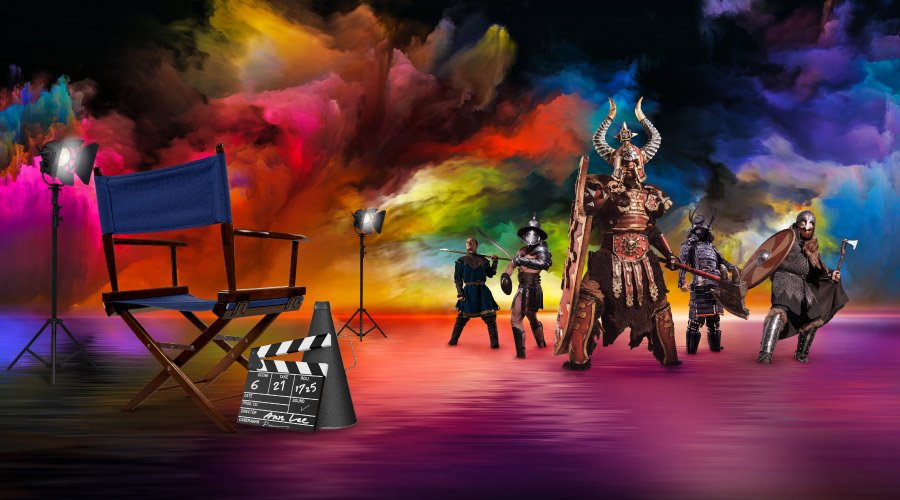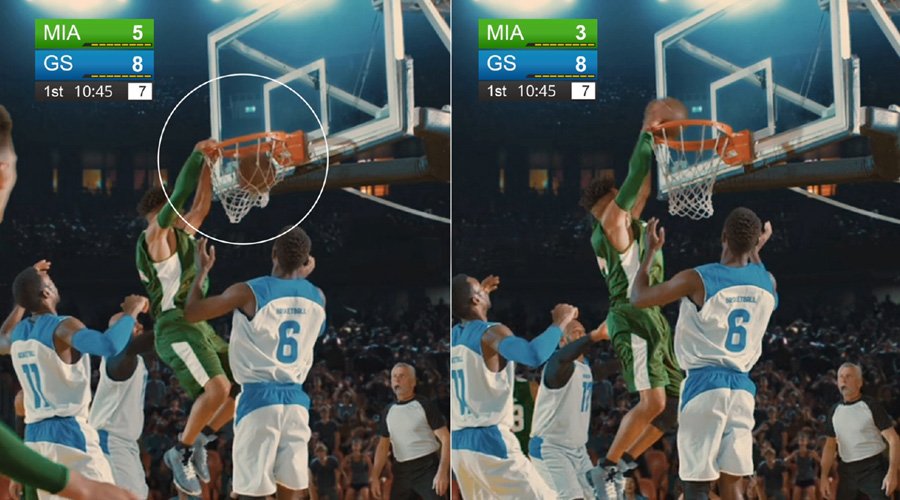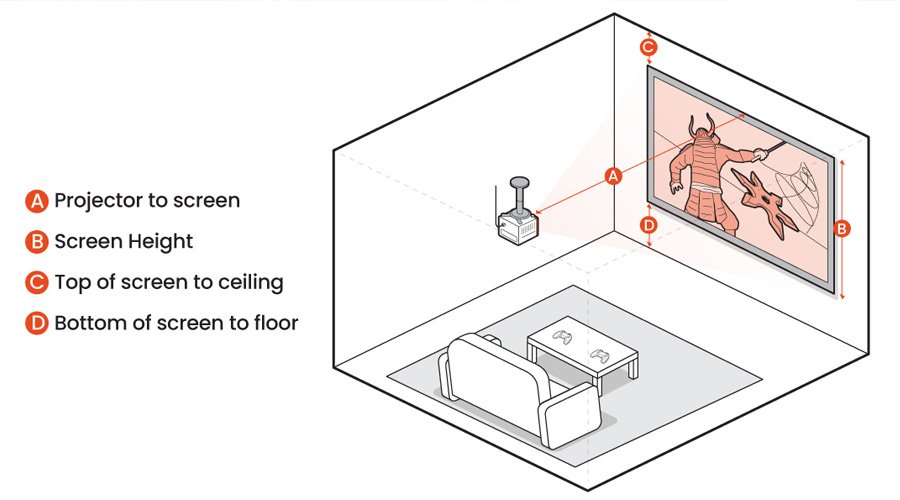As you may have guessed, every feature we recommended is based on what’s found on new BenQ gaming projectors. We consider them a gold standard for console gaming on the big screen if you’re looking for better immersion and more compelling experiences.
BenQ gaming projectors offer that balance of low latency, high refresh, great visuals, and superb sound. All you have to do is connect the HDMI cables. For latency, you get 4K 60Hz in 16ms, 1080p in 8ms, and even 4ms 240Hz, depending on the model. In any case, with BenQ gaming projectors you’re guaranteed input lag that’s the same or usually lower than that of gaming TVs. With 4K 60Hz at 16ms you make the most of visually-intricate and detail-rich AAA game releases that emphasize exploration and slower paced combat. With 1080p 240Hz you’re golden for even the most intense and competitive first person shooters, and aren’t at a disadvantage compared to TV or monitor gamers. You’re actually at an advantage thanks to the better viewing angles and enormous display that makes every detail appear huge, like snipers camping on a distant hill crest.
As we said, a lot of projectors mention HDR, but don’t do it right. With BenQ HDR Pro, you get carefully-optimized and tested HDR output for each application, from games to streaming. Similarly, BenQ gaming projectors feature proprietary CinematicColor technology to deliver properly calibrated colors and better coverage of wide gamut color spaces like sRGB and DCI-P3.
For games, excellent color, brightness, and contrast control are vital, because this way you view the games as intended by designers. You don’t suffer from lost details due to crushed blacks or over exposed brights, and see everything there is to see in every frame of the game.
Sound stands at the forefront with BenQ gaming projectors and their treVolo speakers, which incorporate Bongiovi DPS technology to pump out sound that makes TVs jealous. Video games utilize sound almost as much as they do visuals, and spacious audio is vital for enjoying and comprehending in-game environments. From the roar of car engines through authentic-sounding weapon effects to sneaky opponents moving about, you want a sound setup that lets every nuance shine through. Good gaming projectors like those from BenQ provide that.
We really hope this quick guide helps you on your gaming projector journey. And if you need more help or advice, reach out to us on social media and we’ll be there!








